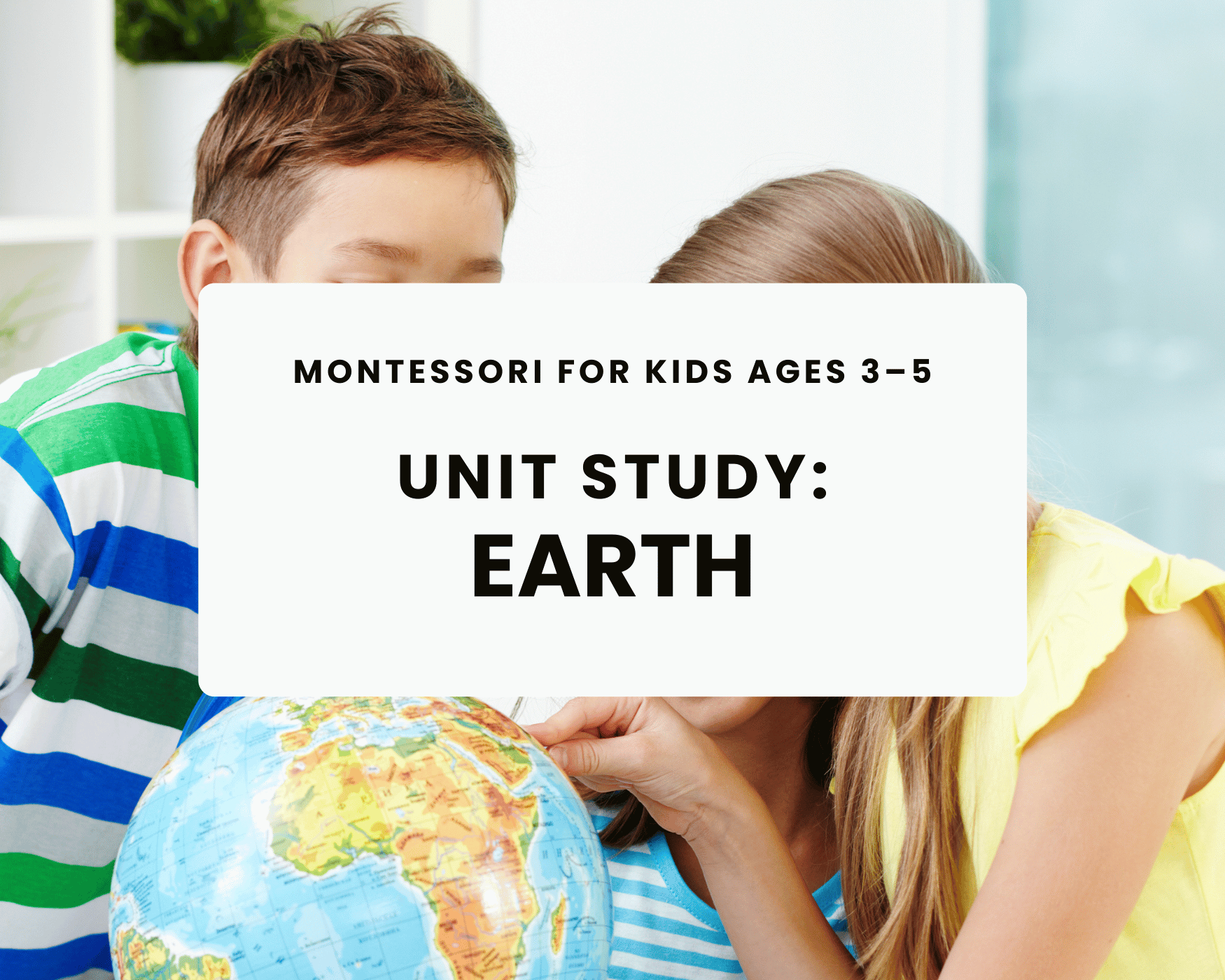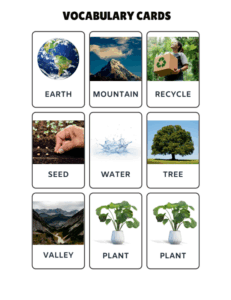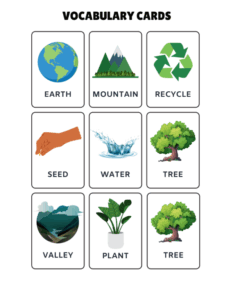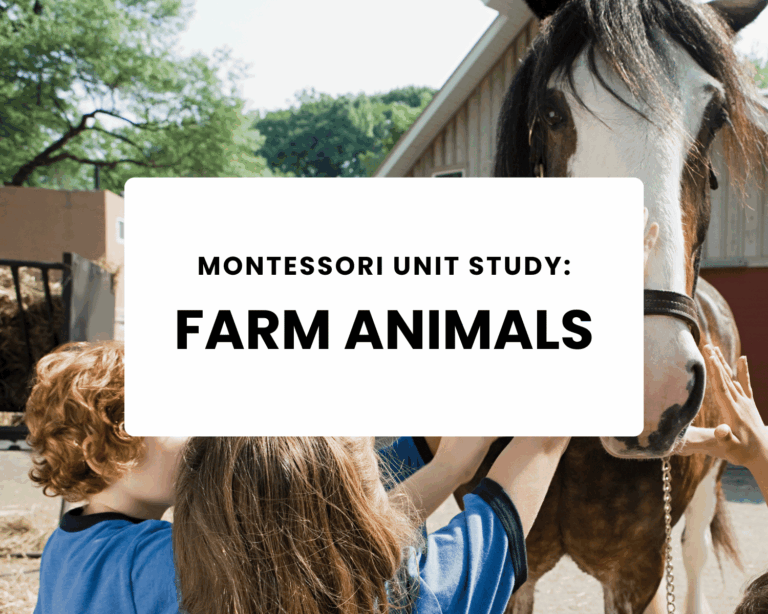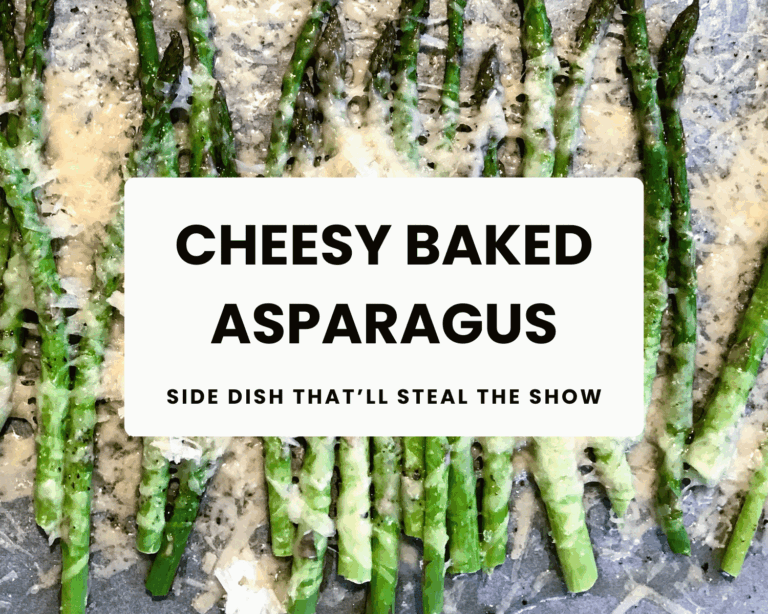The children must be taught to feel and live in harmony with the earth."
– Maria Montessori
Hey mama, are you looking for a fun, meaningful way to help your little ones connect with the world around them? This Earth Unit Study is everything you need to teach your preschooler how to love, explore, and care for our beautiful planet—all while having fun (and sneaking in learning along the way!).
Let’s Talk About Earth
Introducing a unit study on Earth to preschoolers can be an exciting and enriching experience. By following this comprehensive guide, you can create a meaningful and educational unit study on Earth that will inspire and empower your preschoolers to become stewards of the planet. Here’s how you can approach this topic.
- Introduction to the Earth: Begin by discussing the concept of the Earth as our planet and home. Use a globe or a map to show the Earth’s shape and point out the continents and oceans.
- Exploration of Earth’s Features: Discuss the different features of the Earth, such as mountains, oceans, rivers, and deserts. Use pictures, books, and simple diagrams to illustrate these features.
- Discussion on Earth’s Resources: Talk about the Earth’s resources, such as water, air, soil, and minerals. Explain why these resources are important and how we can take care of them.
- Introduction to Recycling and Conservation: Teach preschoolers the importance of recycling and conserving resources. Show them how they can reduce, reuse, and recycle items in their daily lives.
- Exploration of Animals and Plants: Discuss the different animals and plants that inhabit the Earth. Focus on species that are familiar to preschoolers and discuss their habitats and importance in the ecosystem.
- Sensory Activities: Create sensory activities related to Earth, such as a sensory bin filled with soil, rocks, and small plant pots. Allow children to explore these materials and learn about the Earth’s composition.
- Art and Craft Activities: Engage children in art and craft activities related to Earth, such as making Earth Day posters, creating recycled art projects, or painting pictures of animals and plants.
- Outdoor Exploration: Take children on nature walks or outdoor expeditions to explore the natural world around them. Encourage them to observe and interact with the environment.
- Books and Stories: Read books and stories about the Earth, nature, and conservation. Choose age-appropriate books that are engaging and informative.
- Music and Movement: Use music and movement activities to reinforce concepts about the Earth. Sing songs about nature, animals, and conservation, and encourage children to dance and move like different animals.
- Field Trips: Organize field trips to local parks, nature reserves, or environmental centers. Invite park rangers or environmental educators, to talk to the about the Earth and conservation.
- Reflection and Discussion: At the end of the unit, encourage children to reflect on what they have learned about the Earth. Discuss ways they can continue to care for the Earth in their daily lives.
The 5 Areas of Montessori
Practical Life

Planting Seeds
- Description: Children plant seeds in pots and observe the growth process. This activity promotes responsibility and an understanding of the Earth's role in providing resources.
- Materials: Small pots, soil, seeds.
- Resources:

Recycling Sort
- Description: Children engage in sorting recyclable materials into appropriate bins, promoting awareness of environmental responsibility.
- Materials: Recyclable items (paper, plastic, metal), bins for sorting.
- Resources - Youtube Video: Kids Academy Recycling
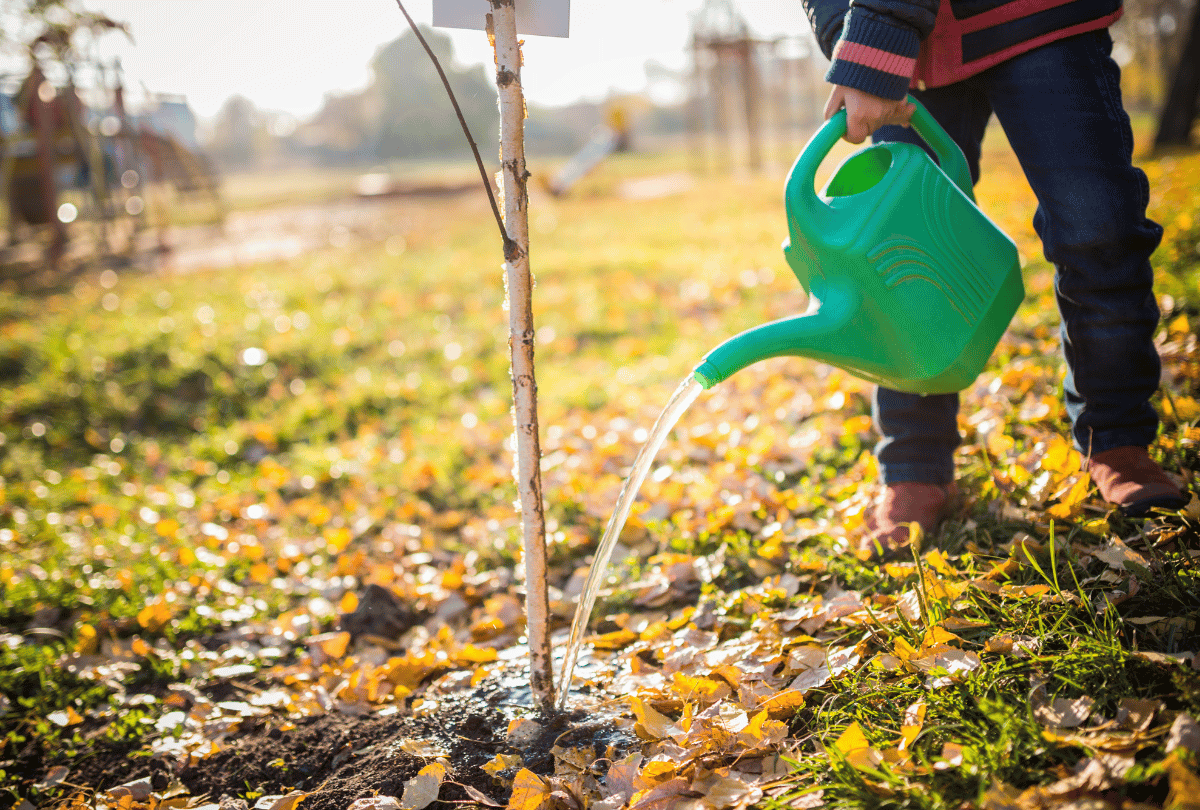
Watering Plants
- Description: Children can practice watering plants, emphasizing the importance of water for growth and Earth's ecosystems.
- Materials: Watering cans, small potted plants.
Sensorial

Nature Sensory Bin
- Description: Create a sensory bin with natural items of the Earth's elements to explore through touch.
- Materials: Bin, natural items (leaves, rocks, sticks).

Earth Textures
- Description: Create a texture board with materials to represent Earth textures. Children feel and discuss the textures.
- Materials: Board, sandpaper, fabric, cork.

Layers of the Earth
- Description:Use different colors of playdough to represent the layers of the Earth (crust, mantle, core).
- Material: playdough - Green, blue, brown, yellow, orange, red.
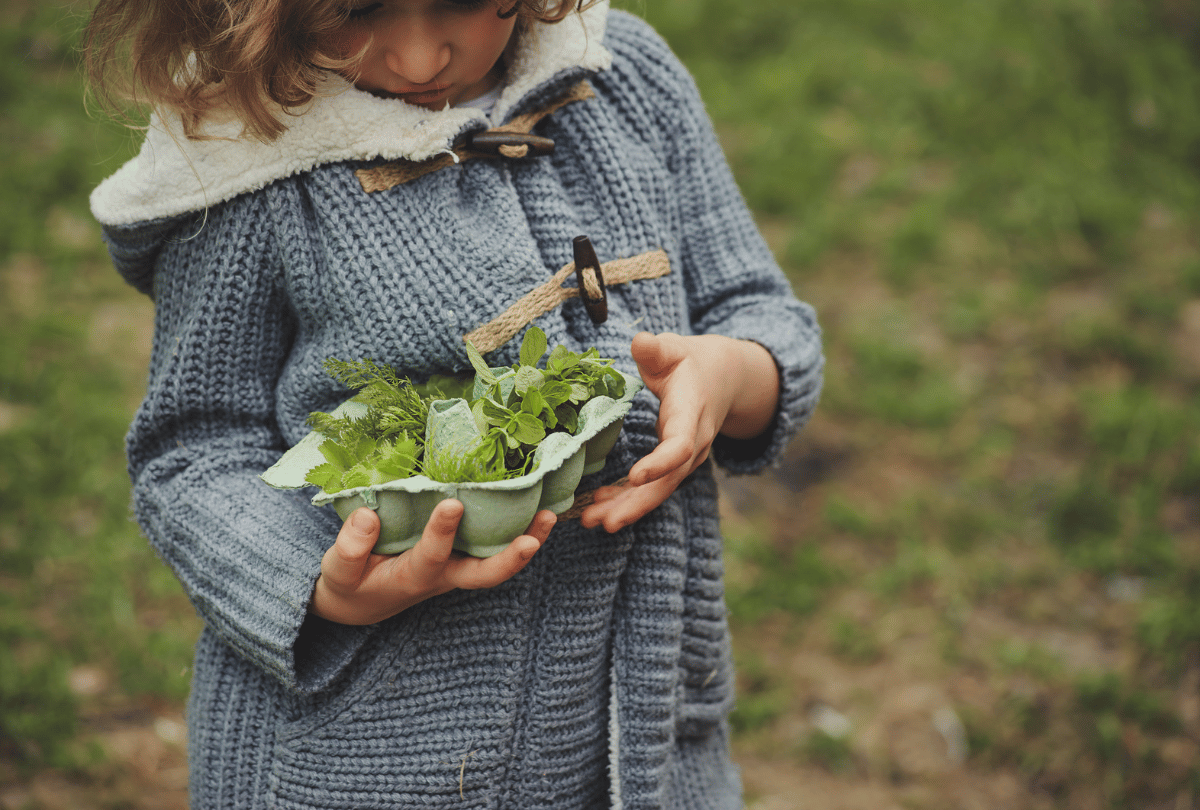
Nature Scavenger Hunt
- Description: Create a checklist with pictures of items from nature (leaves, rocks, flowers).
- Materials: Checklist, magnifying glasses.
Math
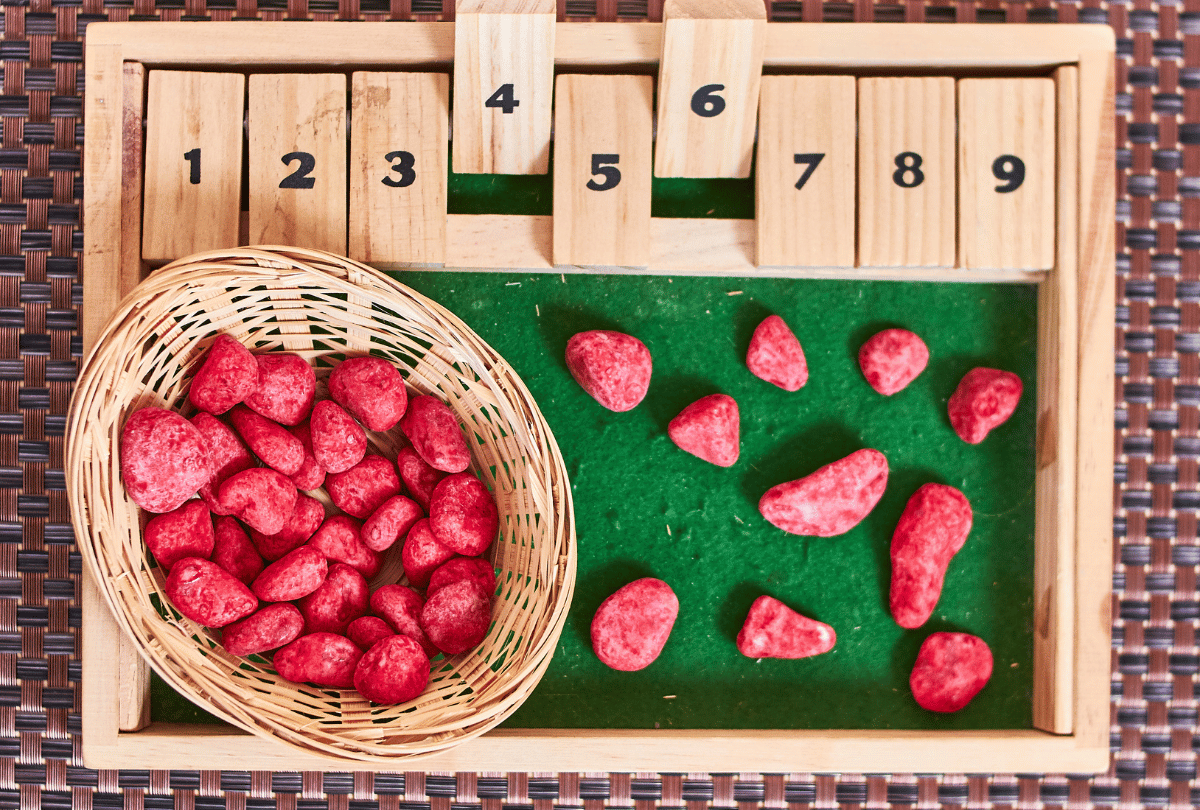
Count Nature Items
- Description: Collect and count natural items, promoting early math skills.
- Materials: Natural items (leaves, stones, etc.).
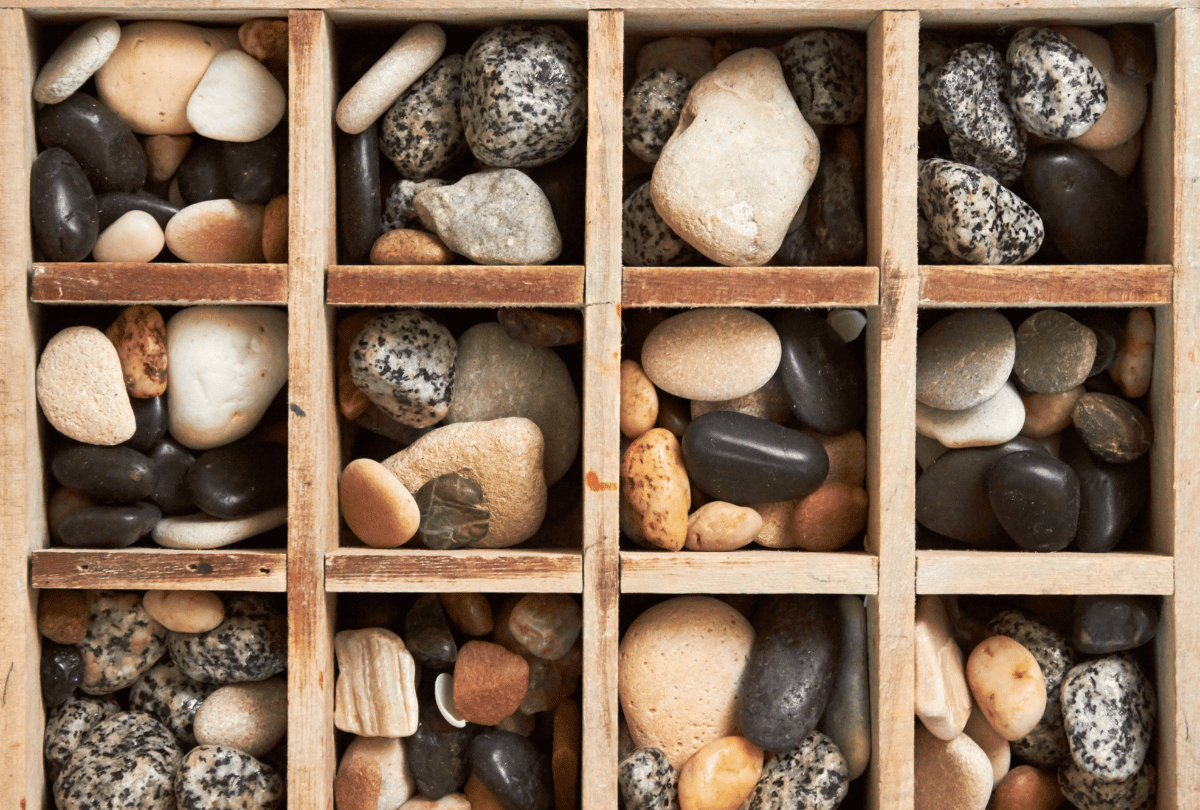
Sort by Size
- Description: Children can sort natural items by size, enhancing visual discrimination and size awareness.
- Materials: Leaves or rocks of different sizes.

Measure Plant Growth
- Description: Measure the height of growing plants at regular intervals, introducing the concept of measurement.
- Materials: Ruler or measuring tape.

Sun & Shadow Experiment
- Description: Place small objects on a large sheet of paper outdoors. Trace the shadows cast by the objects at different times of the day. Discuss how the Earth's rotation causes changes in sunlight and shadows.
- Materials: Large sheet of paper, small objects (toys), sunlight.
4. Language
Earth Story Time
- Description: Read books that highlight the importance of the Earth. Discuss the stories. There are books listed in the Resources below.
- Materials: Earth-themed books listed in the resources above.
Resources
Books
- “Earth! My First 4.54 Billion Years” by Stacy McAnulty – Personifies the Earth, narrates its history in a child-friendly way.
- “Michael Recycle” by Ellie Bethel – Michael Recycle, a superhero, teaches the importance of recycling.
- “Here We Are: Notes for Living on Planet Earth” by Oliver Jeffers introduces the wonders of our planet and how to protect it.
- “I Can Save the Earth! One Little Monster Learns to Reduce, Reuse, and Recycle” by Alison Inches – Max the Little Green Monster learns about the three R’s (reduce, reuse, recycle).
- “The Great Kapok Tree: A Tale of the Amazon Rain Forest” by Lynne Cherry – a man falls asleep under the great kapok tree and dreams of the animals that depend on it, as well as the importance of protecting our rainforests.
- “Why Should I Recycle?” by Jen Green – learn the benefits of recycling and how it can help conserve Earth’s resources.
- “Compost Stew: An A to Z Recipe for the Earth” by Mary McKenna Siddals – rhymes teach composting and reducing waste.
- “Our Big Home: An Earth Poem” by Linda Glaser – a lyrical poem celebrates Earth, wonders, and care for our planet.
- “Earth Day Every Day” by Lisa Bullard – a girl learns about Earth Day and simple ways to make a difference.
Movies / TV Shows
- “Planet Earth” (BBC Series) – Explores ecosystems and the diversity of life on Earth.
- “Planet Earth II” (2016): A nature documentary featuring stunning visuals, showcasing the diverse ecosystems of the Earth.
- “Our Planet” (Netflix Series) – Like “Planet Earth,” it showcases the beauty of the Earth’s wildlife and conservation.
- The Lorax” (2012): An animation based on Dr. Seuss’ book, emphasizes conservation and the impact of human actions on nature.
- “WALL-E” (2008): A waste-collecting robot. Themes of environmentalism, sustainability, and human impact on Earth.
- “FernGully: The Last Rainforest” (1992): Animated fantasy showcasing the importance of preserving rainforests and the consequences of deforestation.
- “Over the Hedge” (2006): Animated comedy explores a group of animals navigating suburban life.
Songs
- “The Green Grass Grows All Around” – Celebrates the interconnectedness of nature, the growth of plants and animals.
- “Earth Day Song” by The Singing Walrus – Teaches the importance of caring for the Earth. Includes actions to go with lyrics.
- “Save the Earth” by Jack Hartmann – Take action to protect the environment and highlights the importance of conservation.
- “Big Blue Marble” by Raffi – Celebrates the beauty of Earth and encourages children to take care of our planet.
- “I’m a Little Teapot” (Adapted) – “I’m a little seed so small and round. I’m going to be a flower; I’m growing from the ground. When I get all grown up, then you will see, How beautiful a flower I will be.”
- “The Bear Went Over the Mountain” (Adapted) – “The bear went over the mountain, to see what he could see. He saw the Earth is our home, and we must take care, you see.”
Websites
- NASA Kids’ Club – “NASA’s Climate Kids” – Interactive games, activities, and resources related to climate and Earth science.
- National Geographic Kids – “Earth” – Articles, videos, and games that explore different aspects of the Earth.
- Earth Day Network – “Teach-In Toolkit” – A toolkit with resources to teach about environmental topics and Earth Day.
Nature Exploration APPS
- Barefoot World Atlas – provides an exploration of continents, oceans, ecosystems, plants, and animals in various regions.
- Plum’s Creaturizer – by PBS Kids, children create their virtual creatures -and learn about real animals and their habitats.
- Star Walk Kids: Astronomy Game – interactive games, stories, and fun facts about planets, stars, and constellations.
- Sago Mini Forest Flyer – explore a forest environment and interact with animals to learn about their habitats and behaviors.
- Toca Nature – create virtual nature scenes, forests, rivers, and mountains. Observe animals and plants that inhabit them.
- Tinybop Explorer’s Library: explore and interact with plants and ecosystems, photosynthesis, and plant growth
- Animal Math Games combines math with animals and their habitats
- Wild Kratts World Adventure – a global adventure to explore ecosystems and discover fascinating animals.
- My Little Garden: Learn, Play & Grow – plant and care for a virtual garden. Learn the importance of nature conservation.
- MarcoPolo Ocean – Explore the ocean. Learn about marine life through interactive games, puzzles, and educational videos.
Youtube Videos & Channels
- “Earth Day for Kids | Educational Video for Children” by Homeschool Pop – Introduces children to the concept of Earth Day
- “Earth Science for Kids” by SciShow Kids – cover various Earth science topics in a fun and accessible way.
- “Earth Day Song for Kids | Reduce, Reuse, Recycle” by Jack Hartmann Kids Music – importance to reduce, reuse, and recycle.
Arts and Crafts

Earth Suncatchers
Cut out a large circle from contact paper, peel off the backing, and have children stick blue and green tissue paper squares to create Earth Suncatchers.
Materials: Clear contact paper, blue and green tissue paper squares.

Handprint Earth
Dip children's hands in blue paint and press them onto paper to create a handprint Earth. Once dry, add green continents.
Materials: Blue and green paint, white paper.

Torn Paper Earth
Tear or cut blue and green paper into small pieces, children glue the pieces onto a larger sheet to form the Earth.
Materials: Blue and green construction paper, glue.

Earth Day Puzzles
Glue pictures of Earth onto craft sticks, and cut between the sticks to create puzzle pieces for children to assemble.
Materials: Pictures of Earth, craft sticks, glue.

Recycled Earth Craft
Cut out a circle from recycled cardboard and paint it in blue and green to create a textured Earth.
Materials: Recycled cardboard, blue and green paint, glue.

Earth Collage with Natural Materials
Collect natural materials and create a collage to represent the Earth.
Materials: Leaves, twigs, small stones, glue, paper.

Earth Clay Impressions
Flatten clay and let children press their fingers or hands into it to create impressions. Once dry, paint in blue and green.
Materials: Air-dry clay, blue and green paint.

Earth Collage
Glue blue and green pieces onto a paper background.
Materials: Blue and green construction paper, torn or cut-up pieces of magazines, glue.

Earth Paper Plate Craft
Paint paper plates in blue and green, cut them in half, and glue them together to create Earth. Add continents.
Materials: Paper plates, blue and green paint, glue, scissors.

Printing with Vegetables
Dip halved bell peppers and celery into blue and green paint, and stamp onto paper to create Earth prints.
Materials: Halved bell peppers, celery stalks, blue and green paint.

Earth Mosaic
Children can arrange and glue small squares of blue and green paper to create a mosaic representation of Earth.
Materials: Small squares of blue and green construction paper, glue.

Earth Day Stamps
Bend and shape toilet paper rolls to resemble Earth, dip them in paint, and stamp them onto paper.
Materials: Empty toilet paper rolls, green and blue paint, paper.

Earth Mobile
Cut out Earth shapes from blue and green paper, attach them to string, and hang them to create a mobile.
Materials: Blue and green construction paper, string, glue.

Earth Pom-Pom Painting
Dip pom-poms into blue and green paint and stamp them onto paper to create a textured Earth.
Materials: Pom-poms, blue and green paint, white paper.

